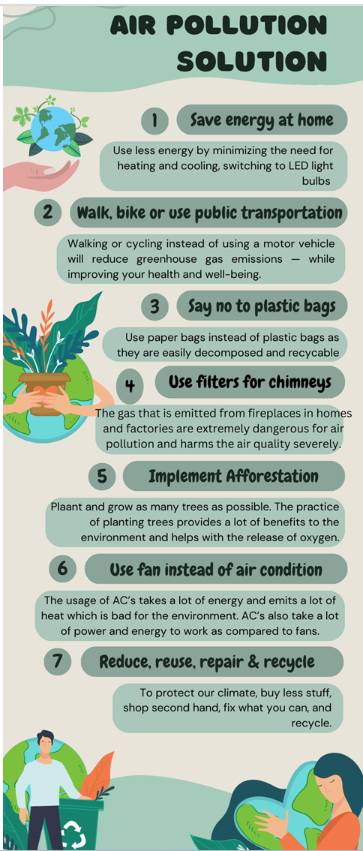II. Choose the word or phrase that best fits the blank space in the following passageThe water pollution problem Water pollution affects drinking water, rivers, lakes (13)_____ oceans all over the world. In many developing(14)______, it is usually a leading cause of death, by people drinking from (15)_______ water sources.You can help: -Never throw rubbish away anyhow. Always look (16)_____ the correct waste bin.-Use water (17)_____. Do not keep the tap running when not in use.-(18)_______...
Đọc tiếp
II. Choose the word or phrase that best fits the blank space in the following passage
The water pollution problem Water pollution affects drinking water, rivers, lakes (13)_____ oceans all over the world. In many developing(14)______, it is usually a leading cause of death, by people drinking from (15)_______ water sources.
You can help: -Never throw rubbish away anyhow. Always look (16)_____ the correct waste bin.
-Use water (17)_____. Do not keep the tap running when not in use.
-(18)_______ throw chemical, oil, paint and medicine down the sink.
13. a. and b. but c. or d. however
14. a. country b. countries c.city d. capital
15. a. polluted b. pollutant c. pollution d. pollute
16. a. up b. after c. at d. for
17. a. careful b. wisely c. helpful d. clean
18. a. Do b. Don’t c. Did d. Didn’t
giup mik nha mn
plasessssssssssssssssssssssss





Chọn đáp án: D
Giải thích:
a great problem: một vấn đề lớn
Dịch: Ô nhiễm nước đã và đang trở thành vấn đề lớn ở khu vực của tôi.